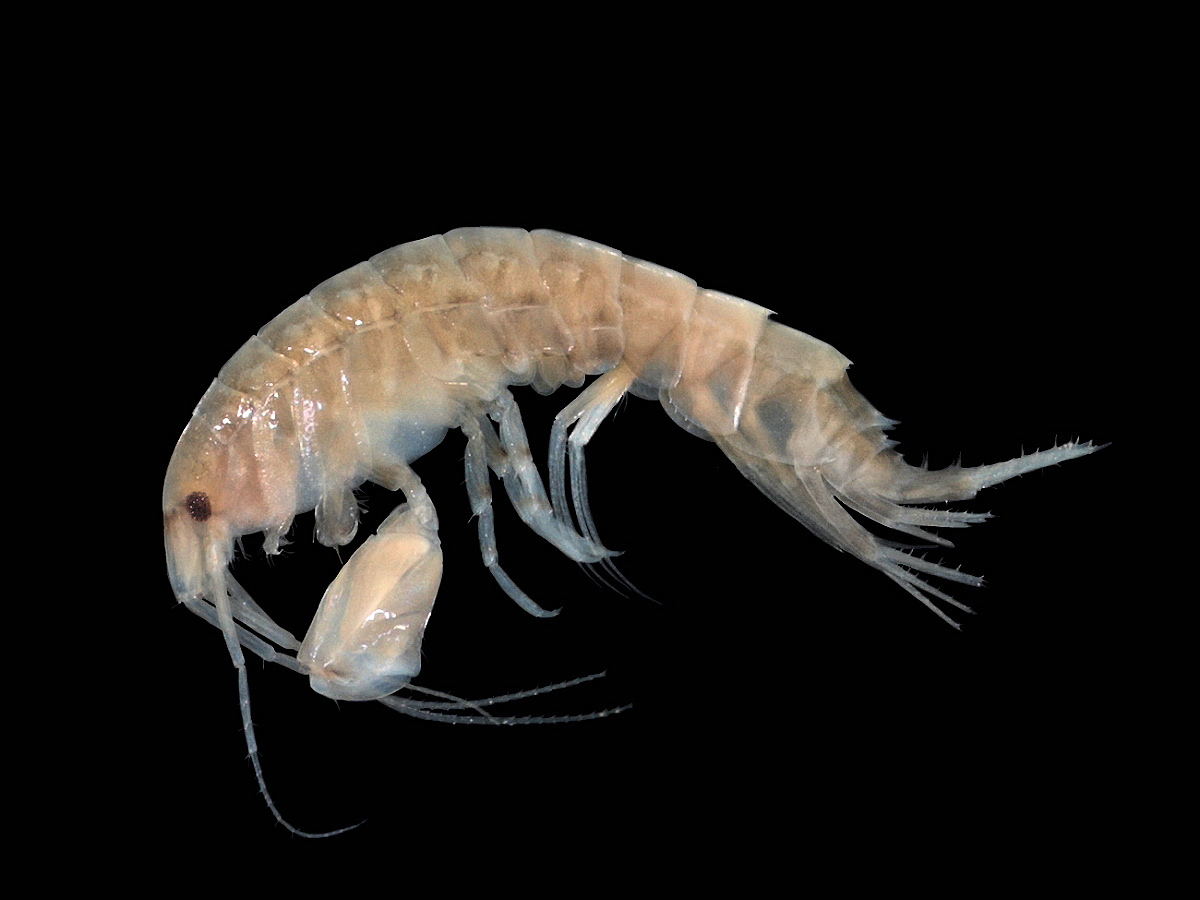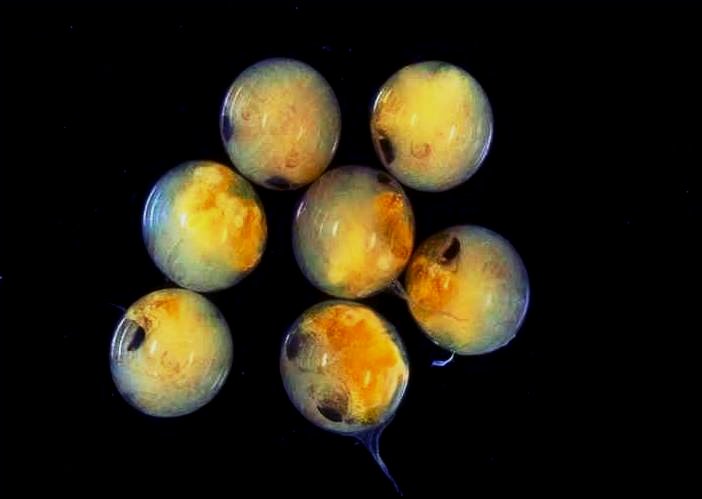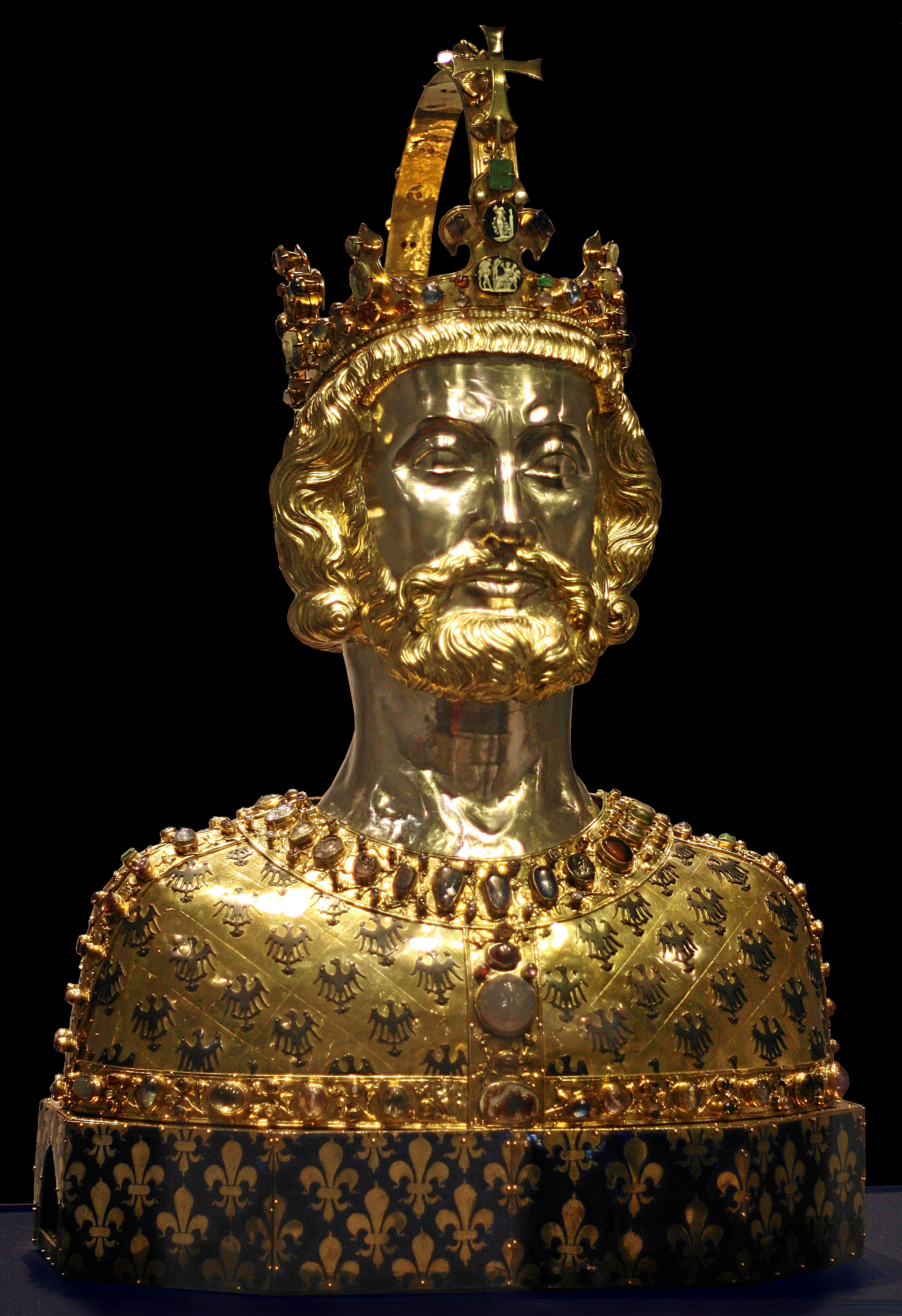|
Neolithodes Capensis
''Neolithodes capensis'' is a species of king crab which is found in the Southern Ocean and the western Indian Ocean. It has been found to a depth of . They have been found near Cape Point and around the Crozet and Kerguelen Islands in the subantarctic, and they are widespread in the Bellingshausen Sea on the Antarctic continental slope. ''Neolithodes capensis'' closely resembles ''Neolithodes yaldwyni ''Neolithodes yaldwyni'' is a species of king crab which is found in the Ross Sea from depths of . It had previously been misidentified as '' Neolithodes brodiei'', and it closely resembles '' Neolithodes capensis''. Invasive species ''Neolith ...'', another king crab of the Southern Ocean. References External links * King crabs Crustaceans described in 1905 Crustaceans of the Indian Ocean Crustaceans of South Africa Fauna of the Crozet Islands Fauna of the Kerguelen Islands Fauna of the Southern Ocean Taxa named by Thomas Roscoe Rede Stebbing ... [...More Info...] [...Related Items...] OR: [Wikipedia] [Google] [Baidu] |
Thomas Roscoe Rede Stebbing
The Reverend Thomas Roscoe Rede Stebbing Fellow of the Royal Society, FRS, Fellow of the Linnean Society, FLS (6 February 1835, London – 8 July 1926, Royal Tunbridge Wells) was a British zoology, zoologist, who described himself as "a serf to natural history, principally employed about crustacean, Crustacea". Educated in London and Oxford, he only took to natural history in his thirties, having worked as a teacher until then. Although an ordained Anglican priest, Stebbing promoted Darwinism in a number of popular works, and was banned from preaching as a result. His scientific works mostly concerned crustaceans, especially the Amphipoda and Isopoda, the most notable being his work on the amphipods of the Challenger expedition, ''Challenger'' expedition. His zoological author abbreviation is Stebbing. Species he authored are listed at :Taxa named by Thomas Roscoe Rede Stebbing and bthis query Biography Thomas Roscoe Rede Stebbing was born on 6 February 1835 in Euston Square, L ... [...More Info...] [...Related Items...] OR: [Wikipedia] [Google] [Baidu] |
Continental Slope
A continental margin is the outer edge of continental crust abutting oceanic crust under coastal waters. It is one of the three major zones of the ocean floor, the other two being deep-ocean basins and mid-ocean ridges. The continental margin consists of three different features: the continental rise, the continental slope, and the continental shelf. The continental shelf is the relatively shallow water area found in proximity to continents. Continental margins constitute about 28% of the oceanic area. Zones of the continental margin The continental shelf is the portion of the continental margin that transitions from the shore out towards to ocean. Continental shelves are believed to make up 7% of the sea floor. The width of continental shelves worldwide varies in the range of 0.03–1500 km. The continental shelf is generally flat, and ends at the shelf break, where there is a drastic increase in slope angle: The mean angle of continental shelves worldwide is 0° 07� ... [...More Info...] [...Related Items...] OR: [Wikipedia] [Google] [Baidu] |
Fauna Of The Kerguelen Islands
Fauna is all of the animal life present in a particular region or time. The corresponding term for plants is ''flora'', and for fungi, it is ''funga''. Flora, fauna, funga and other forms of life are collectively referred to as ''Biota (ecology), biota''. Zoologists and paleontologists use ''fauna'' to refer to a typical collection of animals found in a specific time or place, e.g. the "Sonoran Desert fauna" or the "Burgess Shale fauna". Paleontology, Paleontologists sometimes refer to a sequence of faunal stages, which is a series of rocks all containing similar fossils. The study of animals of a particular region is called faunistics. Etymology ''Fauna of Madagascar, Fauna'' comes from the name Fauna (deity), Fauna, a Roman goddess of earth and fertility, the Roman god Faunus, and the related forest spirits called Fauns. All three words are cognates of the name of the Greek god Pan (god), Pan, and ''panis'' is the Greek language, Greek equivalent of fauna. ''Fauna'' is also ... [...More Info...] [...Related Items...] OR: [Wikipedia] [Google] [Baidu] |
Fauna Of The Crozet Islands
Fauna is all of the animal life present in a particular region or time. The corresponding term for plants is ''flora'', and for fungi, it is '' funga''. Flora, fauna, funga and other forms of life are collectively referred to as ''biota''. Zoologists and paleontologists use ''fauna'' to refer to a typical collection of animals found in a specific time or place, e.g. the "Sonoran Desert fauna" or the "Burgess Shale fauna". Paleontologists sometimes refer to a sequence of faunal stages, which is a series of rocks all containing similar fossils. The study of animals of a particular region is called faunistics. Etymology ''Fauna'' comes from the name Fauna, a Roman goddess of earth and fertility, the Roman god Faunus, and the related forest spirits called Fauns. All three words are cognates of the name of the Greek god Pan, and ''panis'' is the Greek equivalent of fauna. ''Fauna'' is also the word for a book that catalogues the animals in such a manner. The term was first used ... [...More Info...] [...Related Items...] OR: [Wikipedia] [Google] [Baidu] |
Crustaceans Of South Africa
Crustaceans (Crustacea, ) form a large, diverse arthropod taxon which includes such animals as decapods, seed shrimp, branchiopods, fish lice, krill, remipedes, isopods, barnacles, copepods, amphipods and mantis shrimp. The crustacean group can be treated as a subphylum under the clade Mandibulata. It is now well accepted that the hexapods emerged deep in the Crustacean group, with the completed group referred to as Pancrustacea. Some crustaceans ( Remipedia, Cephalocarida, Branchiopoda) are more closely related to insects and the other hexapods than they are to certain other crustaceans. The 67,000 described species range in size from '' Stygotantulus stocki'' at , to the Japanese spider crab with a leg span of up to and a mass of . Like other arthropods, crustaceans have an exoskeleton, which they moult to grow. They are distinguished from other groups of arthropods, such as insects, myriapods and chelicerates, by the possession of biramous (two-parted) limbs, and ... [...More Info...] [...Related Items...] OR: [Wikipedia] [Google] [Baidu] |
Crustaceans Of The Indian Ocean
Crustaceans (Crustacea, ) form a large, diverse arthropod taxon which includes such animals as decapods, seed shrimp, branchiopods, fish lice, krill, remipedes, isopods, barnacles, copepods, amphipods and mantis shrimp. The crustacean group can be treated as a subphylum under the clade Mandibulata. It is now well accepted that the hexapods emerged deep in the Crustacean group, with the completed group referred to as Pancrustacea. Some crustaceans (Remipedia, Cephalocarida, Branchiopoda) are more closely related to insects and the other hexapods than they are to certain other crustaceans. The 67,000 described species range in size from '' Stygotantulus stocki'' at , to the Japanese spider crab with a leg span of up to and a mass of . Like other arthropods, crustaceans have an exoskeleton, which they moult to grow. They are distinguished from other groups of arthropods, such as insects, myriapods and chelicerates, by the possession of biramous (two-parted) limbs, and by thei ... [...More Info...] [...Related Items...] OR: [Wikipedia] [Google] [Baidu] |
Crustaceans Described In 1905
Crustaceans (Crustacea, ) form a large, diverse arthropod taxon which includes such animals as decapods, seed shrimp, branchiopods, fish lice, krill, remipedes, isopods, barnacles, copepods, amphipods and mantis shrimp. The crustacean group can be treated as a subphylum under the clade Mandibulata. It is now well accepted that the hexapods emerged deep in the Crustacean group, with the completed group referred to as Pancrustacea. Some crustaceans ( Remipedia, Cephalocarida, Branchiopoda) are more closely related to insects and the other hexapods than they are to certain other crustaceans. The 67,000 described species range in size from '' Stygotantulus stocki'' at , to the Japanese spider crab with a leg span of up to and a mass of . Like other arthropods, crustaceans have an exoskeleton, which they moult to grow. They are distinguished from other groups of arthropods, such as insects, myriapods and chelicerates, by the possession of biramous (two-parted) lim ... [...More Info...] [...Related Items...] OR: [Wikipedia] [Google] [Baidu] |
King Crabs
King is the title given to a male monarch in a variety of contexts. The female equivalent is queen, which title is also given to the consort of a king. *In the context of prehistory, antiquity and contemporary indigenous peoples, the title may refer to tribal kingship. Germanic kingship is cognate with Indo-European traditions of tribal rulership (c.f. Indic '' rājan'', Gothic '' reiks'', and Old Irish '' rí'', etc.). *In the context of classical antiquity, king may translate in Latin as '' rex'' and in Greek as ''archon'' or '' basileus''. *In classical European feudalism, the title of ''king'' as the ruler of a ''kingdom'' is understood to be the highest rank in the feudal order, potentially subject, at least nominally, only to an emperor (harking back to the client kings of the Roman Republic and Roman Empire). *In a modern context, the title may refer to the ruler of one of a number of modern monarchies (either absolute or constitutional). The title of ''king'' i ... [...More Info...] [...Related Items...] OR: [Wikipedia] [Google] [Baidu] |
Neolithodes Yaldwyni
''Neolithodes yaldwyni'' is a species of king crab which is found in the Ross Sea from depths of . It had previously been misidentified as ''Neolithodes brodiei'', and it closely resembles ''Neolithodes capensis''. Invasive species ''Neolithodes yaldwyni'' – along with ''Paralomis birsteini'' – are believed to be an invasive species, and there are fears that global warming could allow it to enter the Antarctic continental shelf within the coming decades and damage the ecosystem's native fauna. This hypothesis has been disputed. Etymology "''Neolithodes''" is derived from Greek and Latin Latin (, or , ) is a classical language belonging to the Italic branch of the Indo-European languages. Latin was originally a dialect spoken in the lower Tiber area (then known as Latium) around present-day Rome, but through the power ... and means "new stone-crab", while "''yaldwyni''" is named after New Zealander carcinologist John Cameron Yaldwyn. References Extern ... [...More Info...] [...Related Items...] OR: [Wikipedia] [Google] [Baidu] |
University Of Southampton
, mottoeng = The Heights Yield to Endeavour , type = Public research university , established = 1862 – Hartley Institution1902 – Hartley University College1913 – Southampton University College1952 – gained university status by royal charter , chancellor = Ruby Wax , vice_chancellor = Mark E. Smith , head_label = Visitor , head = Penny Mordaunt , location = Southampton, Hampshire, England , campus = City Campus , academic_staff = 2,715 (2020) , administrative_staff = 5,001 , students = () , undergrad = () , postgrad = () , colours = Navy blue, light sea green and dark red , endowment = £14.9 million , budget = £578.4 million , affiliations = ACU EUA Port-City University League Russell Group SES SETsquared AACS ... [...More Info...] [...Related Items...] OR: [Wikipedia] [Google] [Baidu] |
University Of Málaga
The University of Málaga (UMA, ''Universidad de Málaga'') is a public university ranked 23 among all Spanish universities and 683 in the world. It was established in 1972 and has, as of 2016, 30,203 Bachelor students and 2576 on a Master's program, 1255 tenured and 1056 temporary teachers. The UMA offers 65 degree courses and 6 double degrees, over 21 doctoral programmes, 64 master's Degrees, and 100 courses throughout the academic year. Education takes place in 18 centres by appointed teachers from 81 departments. The great majority of the teaching is organised within the two campuses, although classes also take place in locations spread around the city centre, as well as in Ronda and Antequera. History The history of the University of Málaga begins in 1968 with the creation of the ''Association of Friends of the University of Málaga'' (Asociación de Amigos de la Universidad de Málaga). This association sought the creation of the university because of the needs of the cit ... [...More Info...] [...Related Items...] OR: [Wikipedia] [Google] [Baidu] |
Bellingshausen Sea
The Bellingshausen Sea is an area along the west side of the Antarctic Peninsula between 57°18'W and 102°20'W, west of Alexander Island, east of Cape Flying Fish on Thurston Island, and south of Peter I Island Peter I Island ( no, Peter I Øy) is an uninhabited volcanic island in the Bellingshausen Sea, from continental Antarctica. It is claimed as a dependency of Norway and, along with Bouvet Island and Queen Maud Land, composes one of the thre ... (there the southern ''Vostokkysten''). In the south are, from west to east, Eights Coast, Bryan Coast and English Coast (west part) of West Antarctica. To the west of Cape Flying Fish it joins the Amundsen Sea. Bellingshausen Sea has an area of and reaches a maximum depth of . It contains the undersea plain Bellingshausen Plain. It takes its name from Admiral Thaddeus Bellingshausen, who explored in the area in 1821. In the late Pliocene Epoch, about 2.15 million years ago, the Eltanin asteroid (about 1-4 km in ... [...More Info...] [...Related Items...] OR: [Wikipedia] [Google] [Baidu] |








